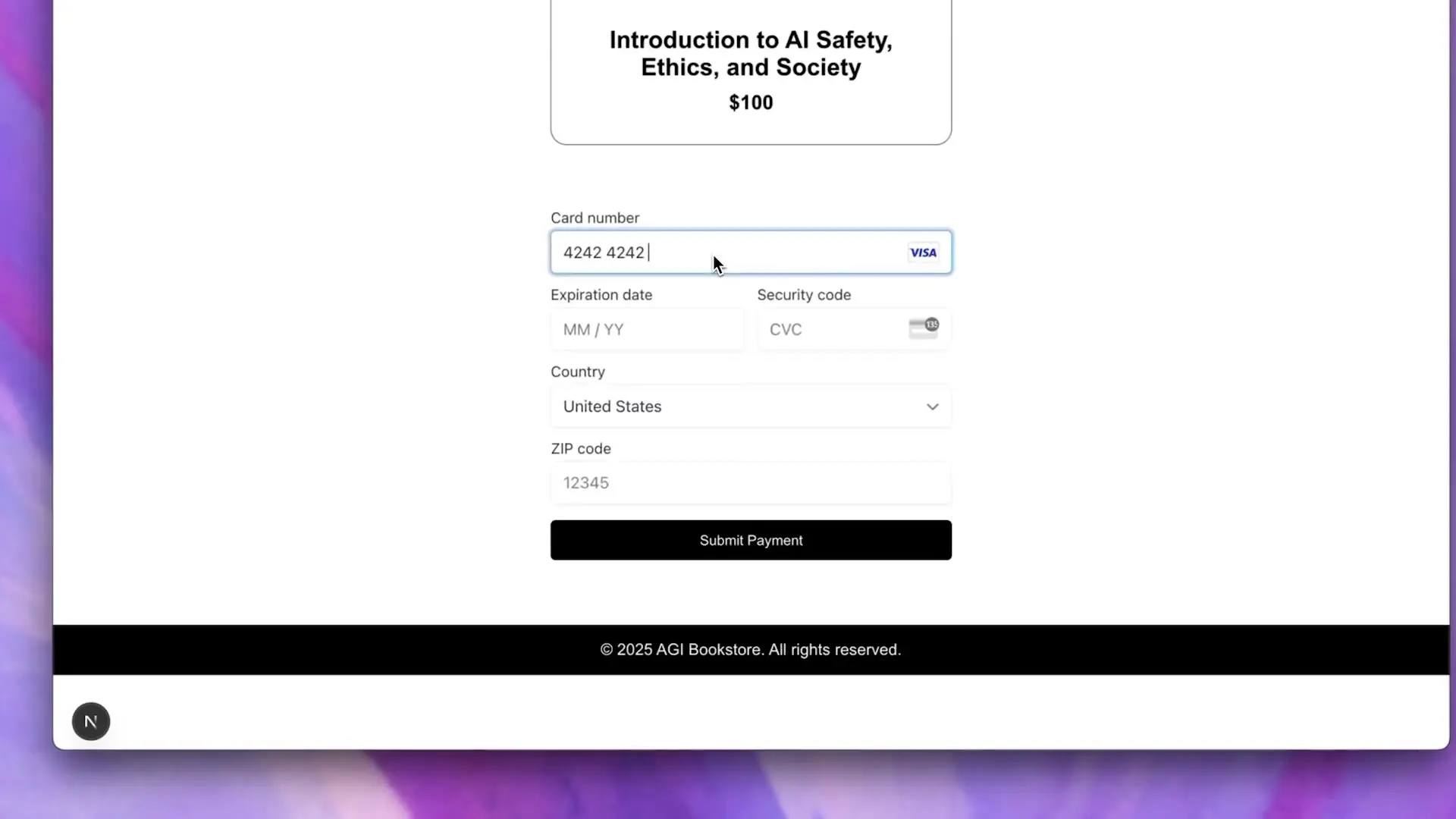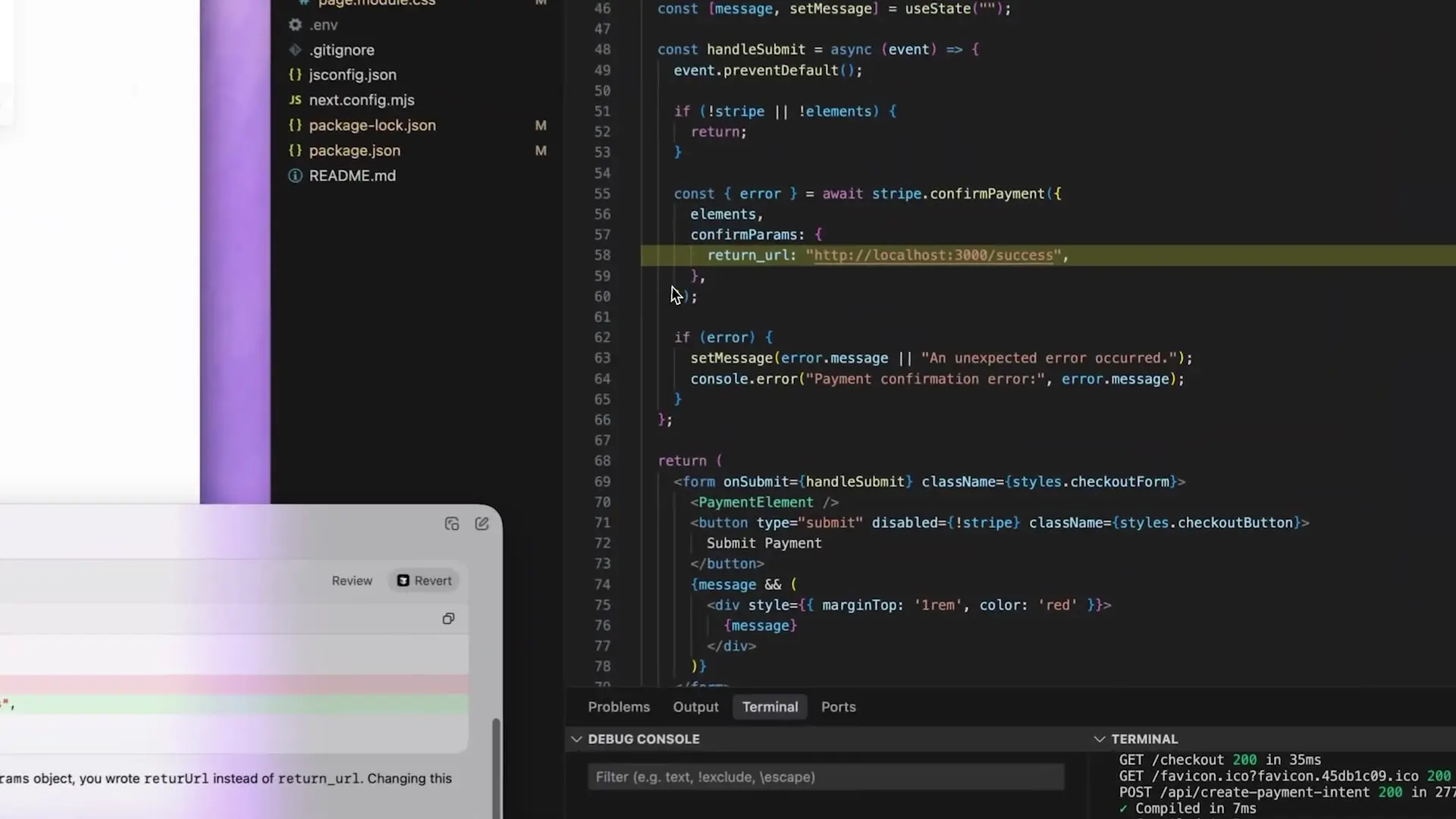
As developers, we're constantly looking for ways to streamline our workflow and solve coding problems efficiently. ChatGPT has become an invaluable tool for many programmers, offering the ability to generate code, debug issues, and provide coding assistance. In this guide, we'll explore how to leverage ChatGPT's powerful IDE integration capabilities to directly share and modify code from your development environment.
Getting Started with ChatGPT's App Integration
ChatGPT's app integration feature allows you to connect directly with various applications, including your IDE. To access this functionality, simply press Option+Spacebar (on Mac) or Alt+Spacebar (on Windows) to open ChatGPT, then click on the 'Work with apps' button. This will display a list of available applications that ChatGPT can connect with.

Before using this feature, you'll need to grant the necessary permissions either in your system settings or directly within the application you want to connect with. It's important to note that ChatGPT won't have access to any application until you explicitly select it, ensuring your data remains secure.
How to Generate Code Using ChatGPT with IDE Integration
The real power of ChatGPT's IDE integration lies in its ability to pull context from within your application—not just what's visible on the screen. This means it can analyze your entire codebase to provide more accurate and contextual assistance. Let's walk through a practical example of how to generate code using ChatGPT when facing a common development issue.
Real-World Example: Fixing Payment Integration Errors
Imagine you're developing a checkout page for an e-commerce bookstore and encounter an error when processing payment information. The error indicates an issue with your payment provider integration, suggesting a missing parameter.

- Open ChatGPT using Option+Spacebar (Mac) or Alt+Spacebar (Windows)
- Click the 'Work with apps' button to share your code from the IDE
- Select GPT-4 or another appropriate model for coding tasks (GPT-3.5 works well for many coding scenarios)
- Describe the error you're encountering and ask for assistance
- Review ChatGPT's analysis and proposed solution
When you share your code through the IDE integration, ChatGPT provides a detailed chain of thought, showing you exactly how it's approaching the problem. This transparency helps you understand not just what needs to be fixed, but why the fix works.
Implementing Code Changes Directly in Your IDE
One of the most powerful aspects of this integration is the ability to have ChatGPT automatically edit your files within your IDE. After analyzing your code and identifying issues, ChatGPT can propose changes and, with your approval, implement them directly in your development environment.

In our example scenario, ChatGPT identified that the payment provider required snake_case parameter naming (e.g., 'return_url') instead of the camelCase format (e.g., 'returnUrl') used in the code. After reviewing the proposed changes, you can have ChatGPT push these updates directly to your IDE, saving you the time and effort of manually implementing the fix.
// Before: Using camelCase (causing the error)
const paymentParams = {
amount: cart.total,
currency: 'USD',
returnUrl: 'https://mybookstore.com/checkout/success',
cancelUrl: 'https://mybookstore.com/checkout/cancel'
};
// After: Using snake_case (fixed by ChatGPT)
const paymentParams = {
amount: cart.total,
currency: 'USD',
return_url: 'https://mybookstore.com/checkout/success',
cancel_url: 'https://mybookstore.com/checkout/cancel'
};Benefits of Using ChatGPT for Code Generation and Debugging
- Immediate access to coding assistance without leaving your development environment
- Context-aware suggestions that consider your entire codebase
- Time savings by eliminating the need to manually copy, paste, and format code
- Educational insights through ChatGPT's chain-of-thought explanations
- Streamlined debugging process for common coding errors
- Support for multiple programming languages, including Java, JavaScript, Python, and more
Best Practices for Generating Code Using ChatGPT
To get the most out of ChatGPT's code generation capabilities, consider these best practices:
- Be specific about the programming language and framework you're using
- Provide context about what you're trying to accomplish
- Share error messages and stack traces when available
- Use GPT-4 or specialized coding models for more complex problems
- Always review generated code before implementing it in production
- Ask follow-up questions if you need clarification on the proposed solution
Language-Specific Code Generation with ChatGPT
ChatGPT excels at generating code in various programming languages. For instance, if you're working with Java, you can specifically ask for Java solutions to your coding challenges. The same applies to other languages like Python, JavaScript, C#, and more.
// Example of ChatGPT coding Java: Creating a simple REST endpoint
@RestController
@RequestMapping("/api/books")
public class BookController {
private final BookService bookService;
@Autowired
public BookController(BookService bookService) {
this.bookService = bookService;
}
@GetMapping("/{id}")
public ResponseEntity<Book> getBookById(@PathVariable Long id) {
return bookService.findById(id)
.map(ResponseEntity::ok)
.orElse(ResponseEntity.notFound().build());
}
}Conclusion: Transforming Your Development Workflow
The ability to generate code using ChatGPT directly within your IDE represents a significant advancement in developer productivity tools. Instead of copying and pasting code snippets or error messages, you can now share your entire development context with ChatGPT and receive intelligent, contextual assistance. This integration streamlines debugging, accelerates development, and helps you write better code with less effort.
As AI assistants like ChatGPT continue to evolve, we can expect even more sophisticated code generation capabilities and deeper integration with development tools. By incorporating these tools into your workflow today, you'll be well-positioned to take advantage of future advancements in AI-assisted programming.
Let's Watch!
How to Generate Code Using ChatGPT: Seamless IDE Integration for Developers
Ready to enhance your neural network?
Access our quantum knowledge cores and upgrade your programming abilities.
Initialize Training Sequence